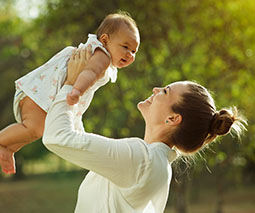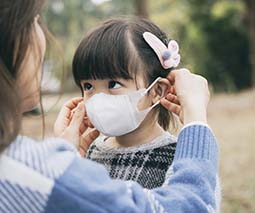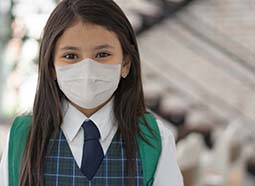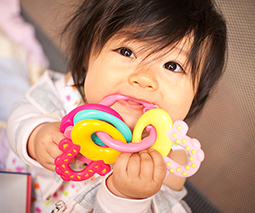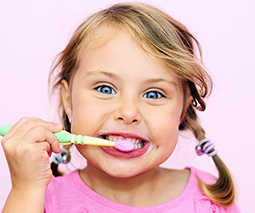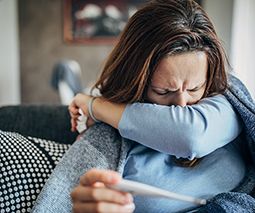Just how GROSS are the playgrounds at fast-food restaurants?

We all know that young children hotbeds for germs and bacteria. That’s why they start getting sick the minute they start childcare. So put a bunch of them together in a play centre environment and you can bet, the place will be swarming with all sorts of nasty strains of bacteria.
But just how gross are these places – and do we need to be freaking out about it?
Are play centres filthy?
Every public space poses a risk of germs, but children in an indoor play centre multiply that risk. Although children don’t necessarily contain more germs than adults, their immature sense of hygiene and tendency to put everything in their mouths (including those dirty fingers) means they’re more likely to pass on their germs – and more likely to pick them up.
So it’s a given that a play area for children is going to be rife with bacteria, but just how disgusting are these places, and should they be avoided at all costs?
Read more about play:
- “I had the fright of my life!” Mum falls into giant ball pit and can’t get out
- The indoor play centre is a godsend for parents. No, really.
- Child’s play no more! 8 ways playdates are different now to when I was a kid
Rotting food and used Band-aids
One American mum took it upon herself to examined the cleanliness of play structures and shared her shocking results with whoever would listen. Dr Erin Carr-Jordan, a professor of child development and mum of four agreed to let her child play in a fast-food play environment, and was revolted at its condition. According to Dr Carr-Jordan, she found rotting meat in the crevices of the slide, matted hair and a used Band-aid. After the encounter, she decided to swab other fast food outlet play areas and found evidence of all sorts of nasties: bacillus cereus, faecal coliforms and multiple strains of Staphylococcus to name a few.
Do we need to worry?
Although the findings presented by Dr Carr-Jordan were revolting, experts have commented that the presence of all those strains of bacteria isn’t such a bad thing. In fact, it’s pretty run of the mill. “I’m not shocked or blown out of the water, because this is my business,” a microbiologist told The New York Times after hearing of Dr Carr-Jordan’s results. While the levels were high, this was to be expected in a public space.
Don’t buy into the hysteria
It’s always going to be scary when you read headlines revealing the names of different viruses that have been found in a place you frequent, but experts don’t want you to panic. Any place exposed to skin and saliva is going to leave behind germs, but the exact level of danger posed by these germs isn’t known. Their names might sound nasty, but the bacteria Dr Carr-Jordan uncovered weren’t the dangerous ones, such as salmonella, listeria and shigella. Furthermore, contact with bacteria isn’t necessarily a bad thing. Being exposed to different strains of bacteria helps children develop a strong immune system.
The problem with over-sanitising
There’s research to suggest that exposing kids to germs can protect them from illnesses and allergies as they grow older. In fact, without this exposure in early life, kids may be more vulnerable to developing asthma and other autoimmune diseases later in life. Experts suggest that when we become too concerned with cleanliness, we risk over-sanitising our child’s environment, which deprives them of the opportunity to build a strong immune system.
Regular good hygiene will do
Kids being kids, they are always going to be involved in something unsanitary, whether it’s picking their nose, not using soap or putting random things in their mouths. No matter how many wipes you have handy, there’s only so much control you can have of your child’s exposure to bacteria. The best thing you can do, advises one expert, is to teach them to wash their hands thoroughly before they eat and always after they use the toilet.
